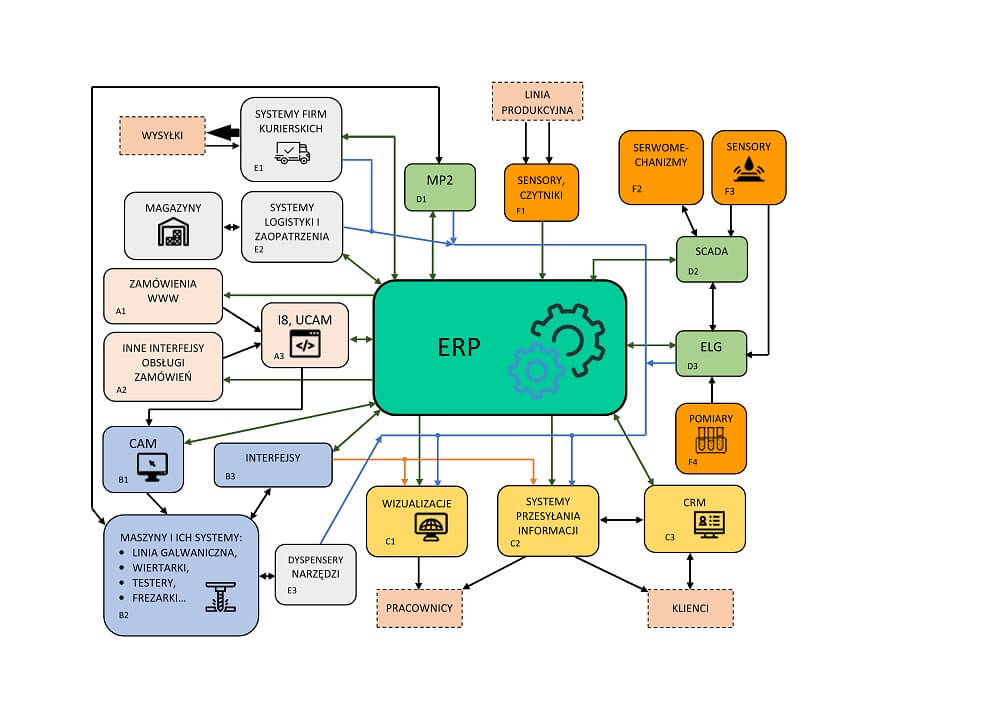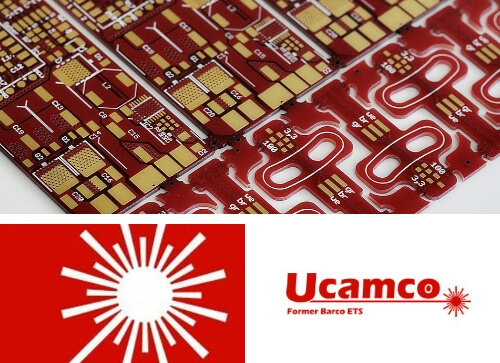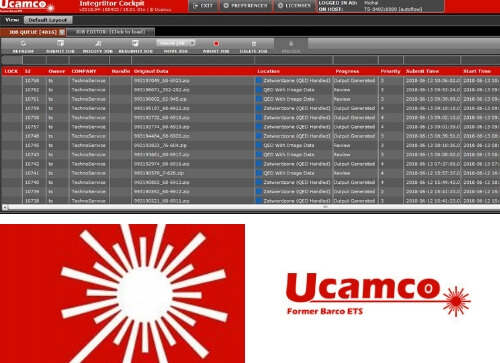Parameters of printed circuits _ TEMPERATURE

For protection against the adverse influence of elevated temperatures laminates with appropriate temperature properties should be used for producing printed boards as they adapt both to the assembly process and to the conditions in which a ready-made device operates.
Definitions of the most important of them have been presented below. They should be taken into account at the stage of device design.
Parameter Tg
Parameter Tg determines the limit temperature of the laminate passing from a hard condition into a soft condition (vitrification temperature), which results in the deterioration of mechanic properties. The laminate becomes sensitive to mechanical loads which may finally result in such defects as delamination, permanent deformations, deterioration in copper adherence.
Parameter Td
The Td coefficient describes temperature of chemical decomposition in which the laminate loses 5% of its weight.
Parameter T260/288
Parameter T260/288 indicates time after the elapse of which delamination occurs in laminate structure. It is determined from the moment laminate achieves temperature of 260° or 288°.
Parameter CTEZ,XY (Coefficient of Thermal Expansion)
The coefficient of thermal expansion is mostly analysed with respect to the Z-axis direction. The laminate starts inflating violently (once Tg temperature is exceeded) which may lead to metallization and copper defects such as pad raising and vias breaking.
MOT (Maximum Operating Temperature)
This parameter determines maximum allowable temperature for continuous operation. Manufacturers recommend temperature lower by ca. 15°C ÷ 20°C than Tg temperature of the laminate.
Parameter TC (Thermal Conductivity)
Laminate thermal conductivity TC determines efficiency in the transmission of heat by dielectric material. The highest values of this coefficient are achieved by laminated on aluminium basis (MCPCB) with as much as 5 W/mK or even more. For comparison, thermal conductivity of a standard FR4 laminate is at a level of ca. 0.4 W/mK.
Increase in complexity level of devices entails a rise in requirements for laminate class, including temperature parameters. Therefore, more and more often laminates with medium and high Tg temperature are used as they are capable of withstanding more thermal loads both during assembly and during device operation and repairs. However, we should add that Tg is not a parameter that would unequivocally determine laminate resistance to high temperatures in a comprehensive manner. Selection of laminate should take into account other parameters as well. There are interdependencies between some of them that have been presented in the table below.
|
Tg [°C]
|
Td [°C]
|
Max CTEZ
50°C ÷ 260°C [%]
|
MOT [°C]
|
|
135
|
310
|
4
|
≤ 120
|
|
150
|
325
|
3.5
|
≤ 140
|
|
170/180
|
340
|
3.0
|
≤ 160
|









